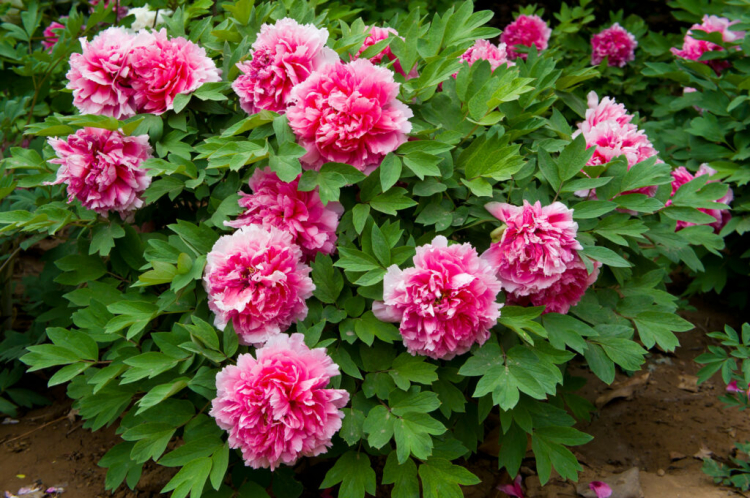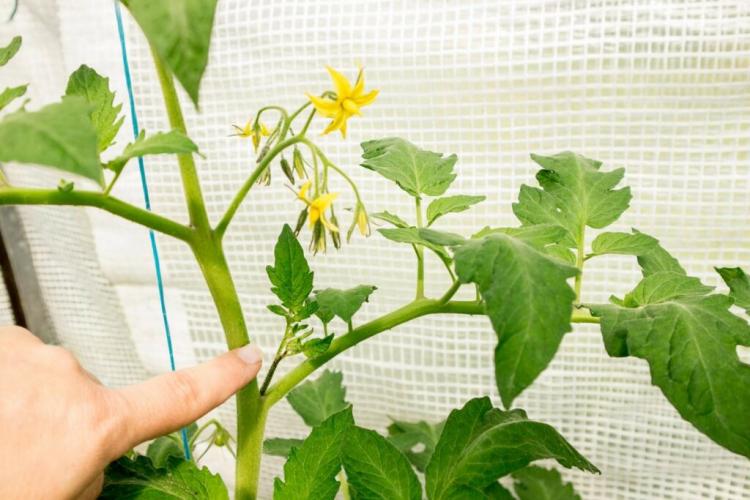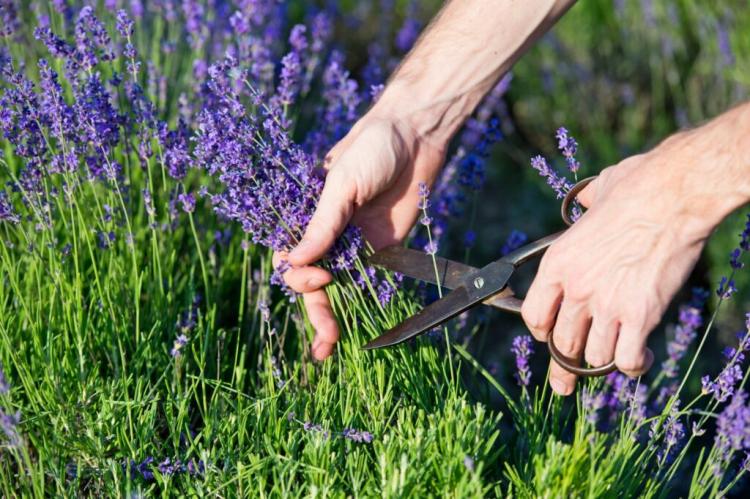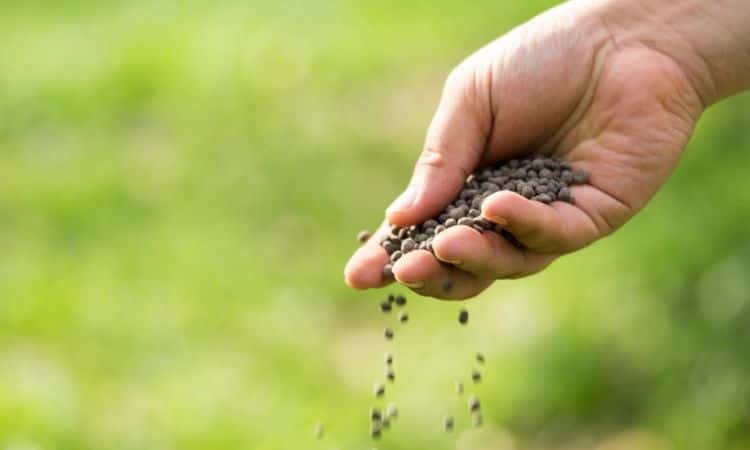10 Tips For Growing Rhubarb
Cake, compote – rhubarb is a real all-rounder. We’ll show you the tips you can use to grow rhubarb. Rhubarb is a real classic in the kitchen and can be used in many delicious dishes.
So it’s no wonder that this fruit (which botanically belongs to a vegetable) is also grown in the garden with pleasure. But although the rhubarb is considered to be easy to care for, a few things must be observed, otherwise, its consumption can even be hazardous to health. We’ll show you how you too can grow and enjoy rhubarb in your own garden.
Tip 10: share the rhubarb
Table of Contents
Rhubarb is best propagated by dividing it. Although there is also the option to buy rhubarb seeds, they often vary greatly in color and taste. When dividing, the rhubarb plant is basically “cloned”, so you can be sure that the daughter plant contains the characteristics of the mother plant. To divide the rhubarb, you simply prick off individual pieces of the plant with a sharp spade in autumn or winter. The new pieces must have at least two to three-leaf roots. In the first year, the new plants should not be harvested so that they have enough time to develop well in their new location.
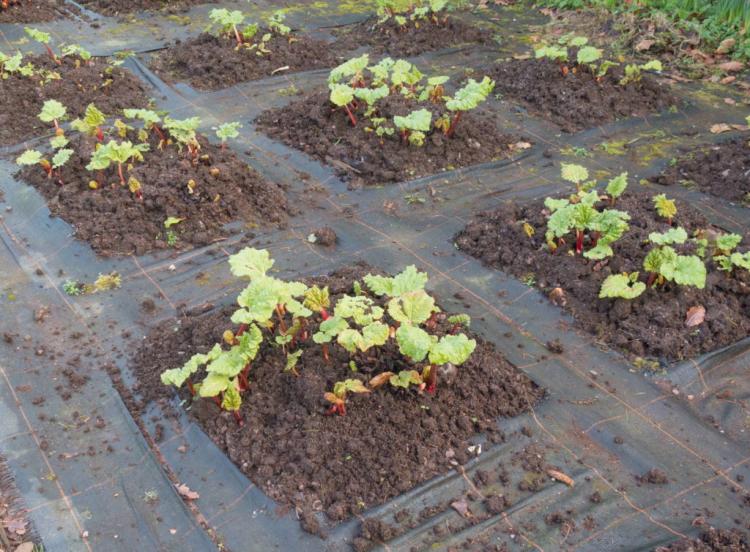
Tip 9: sun and soil
Rhubarb likes it warm and sunny. If you want an early harvest, you should therefore choose a location that offers plenty of sun and protection from cold winds, especially in spring. The conditions after the harvest are less important for the rhubarb, which is why it is an ideal vegetable under fruit trees. When choosing the location, however, you should keep in mind that the rhubarb multiplies strongly and accordingly quickly takes up a large space. Rhubarb prefers deep and well-drained soils. On the other hand, he does not really like acidic soils that are not regularly limed.

Tip 8: Preparation is a must
When planting rhubarb for the first time, start preparing early. The place where the plant will later stand should be dug up deeply. Then you should work compost and horn shavings into the soil and let it rest for a while (about a week). When planting, potting soil, fertilizer, and horn shavings can be poured into the individual planting holes to make it easier for the new plants to start. The organic universal fertilizer, for example, is ideally suited for this. The rapid growth of the rhubarb should also be kept in mind when preparing the soil. Each plant needs around one square meter of space when fully grown, which should also be prepared for it.
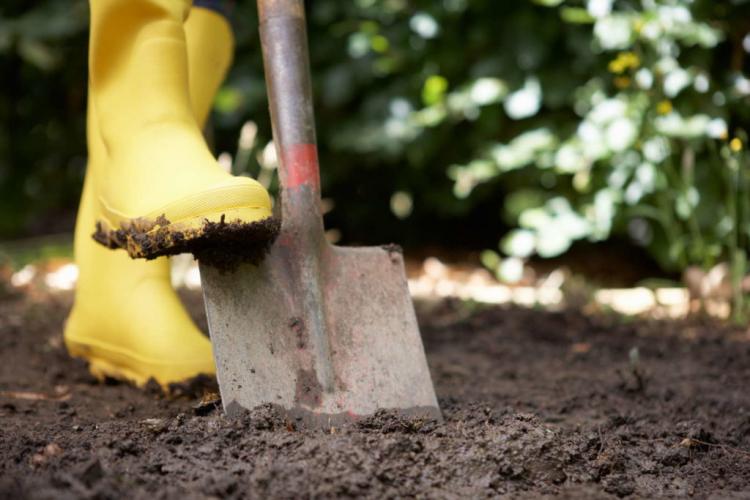
Tip 7: food is a must
The rhubarb cannot get enough nutrients and compost. However, under no circumstances should the compost or fertilizer be worked into the soil, as the rhubarb has very shallow roots and could be injured as a result. It is therefore particularly important to provide the bed with a good supply of nutrients before planting the young plants. If the rhubarb is already fully grown, you can still support it.
You might so like: Grow Oregano Indoors: How To Gare Of The Mediterranean Herb In Your Garden
Compost, horse manure, or plant manure that is applied to the surface of the earth provides the plant with new nutrients. When it comes to watering, the rhubarb is actually quite undemanding and likes it neither too wet nor too dry. Only in summer, you should use the watering can more often, after all, a lot of water evaporates from the large leaves.
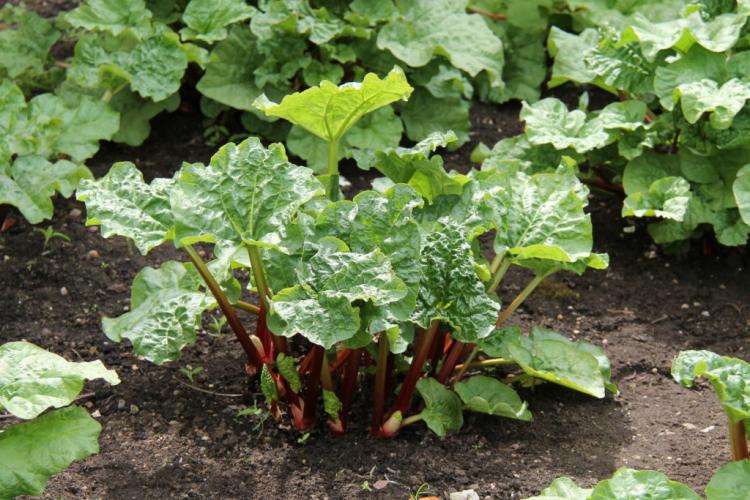
Tip 6: under the covers
You wait all winter for the fresh rhubarb from your own garden and can hardly be patient? With a few little tricks, you can move the rhubarb harvest time up to three weeks forward. To do this, cover the rhubarb with a fleece in the last days of winter. This stores the heat (similar to a greenhouse) and allows the plants to mature faster. A large clay pot or a black bucket that is placed over the plants also helps the plant with this principle. Another trick is pouring warm water. This warms the soil and roots and the rhubarb ripens faster.

Tip 5: culprit oxalic acid
The harvest time of the rhubarb is easy to remember as it coincides with the harvest time of the equally popular asparagus. The rhubarb becomes ripe between the beginning and the end of April, depending on the weather. From Midsummer Day (June 24th) no more rhubarb should be picked. The reason is the oxalic acid. Over time, this accumulates in the stems and can hurt health in too high a dose. In addition, the plants can use a breather from June onwards. By stopping the harvest, they can regain their strength and absorb nutrients. So they will have an even richer harvest next year. By the way, rhubarb stalks should not be cut or torn, but separated from the plant with a twisting motion.
You might so like: Rhubarb: Planting, Fertilizing And Harvesting The Barbarian Root
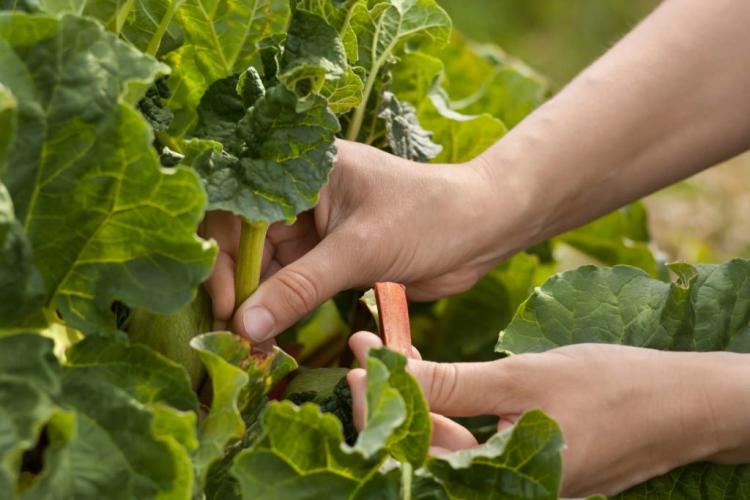
Tip 4: caution poisonous
Rhubarb should also be given further consideration in the kitchen. Under no circumstances should the cut plant be stored in aluminum containers or processed. The use of aluminum foil is also prohibited in any case. The oxalic acid, which ensures that the rhubarb should only be harvested by June 24th, can in fact dissolve substances from the aluminum. These then get into the human body through food and can lead to symptoms of poisoning. Instead, you should always use plastic or porcelain when processing rhubarb.

Tip 3: what to do with the rhubarb?
The kitchen is overflowing with rhubarb and is it really annoying? No problem, rhubarb is not only delicious fresh – but it can also be frozen without any problems. Simply peel the stems, cut them into pieces, and put them in the freezer.
You might so like: Care For Dahlia Tips From The Experts
You can already create a small emergency supply for the rhubarb-free seasons. But rhubarb is also easy to process in jams and can be stored for a long time. A little tip: Red-stemmed varieties contain less acid and therefore taste a little sweeter. In addition, you can enjoy them with the bowl – you save yourself the annoying peeling work.
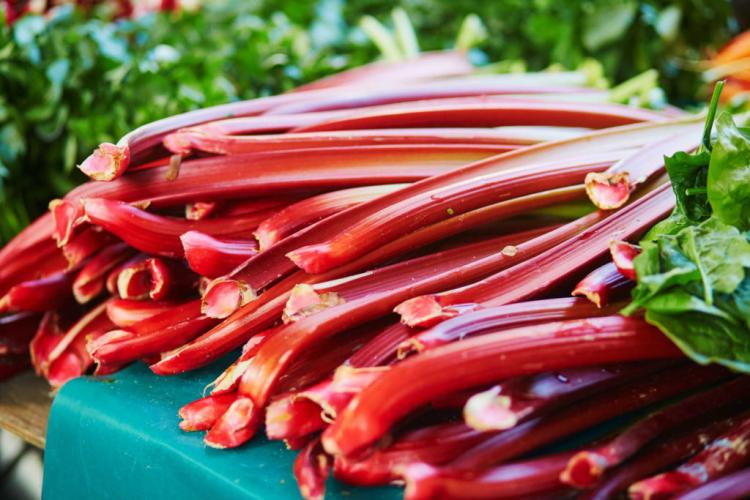
Tip 2: change the sapling
The rhubarb is allowed to travel once every seven years. In the old beds, the soil nutrients are often barely available and can only be replaced with fertilizer with difficulty. The result: The rhubarb harvest is becoming increasingly sparse. But if you give your plants a new location every seven years, the harvest remains stable and the soil is protected. Similar to planting new plants, the new bed should be dug up thoroughly and mixed with enough compost so that the plants can absorb nutrients from their new home for as long as possible. Then the plants can be cut out of their new bed and planted in their new home.
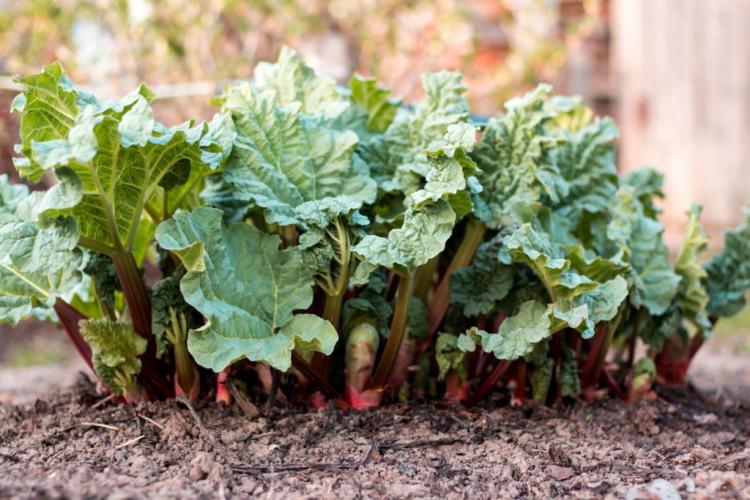
Tip 1: winter break
Summer is over, winter is coming. And what will happen to the rhubarb in the garden? Basically, the hardy plant makes it through the cold season without help. The only important thing is that you do not make a radical cut of the leaves before winter, as the plant needs its strength over the winter. There is one exception, however: if the young rhubarb seedlings were only planted in autumn, they are often not yet strong enough for the winter.
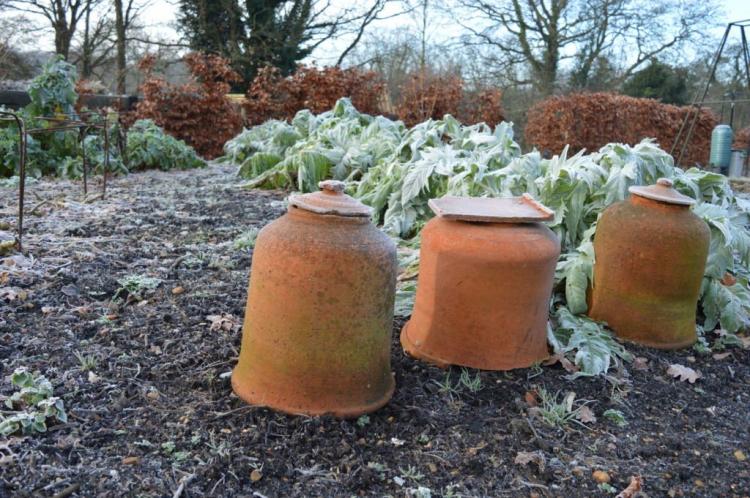
With a layer of leaves, straw or brushwood, or a clay pot, you can protect the small plants from icy temperatures. So they too survive the winter well. Incidentally, clay pots are also often used in England for so-called “forcing” the rhubarb. The clay pots store the first rays of sunshine of the new gardening season and allow the plants to sprout earlier. Since no light gets inside, the rhubarb stalks are very pale and have a mild taste.

